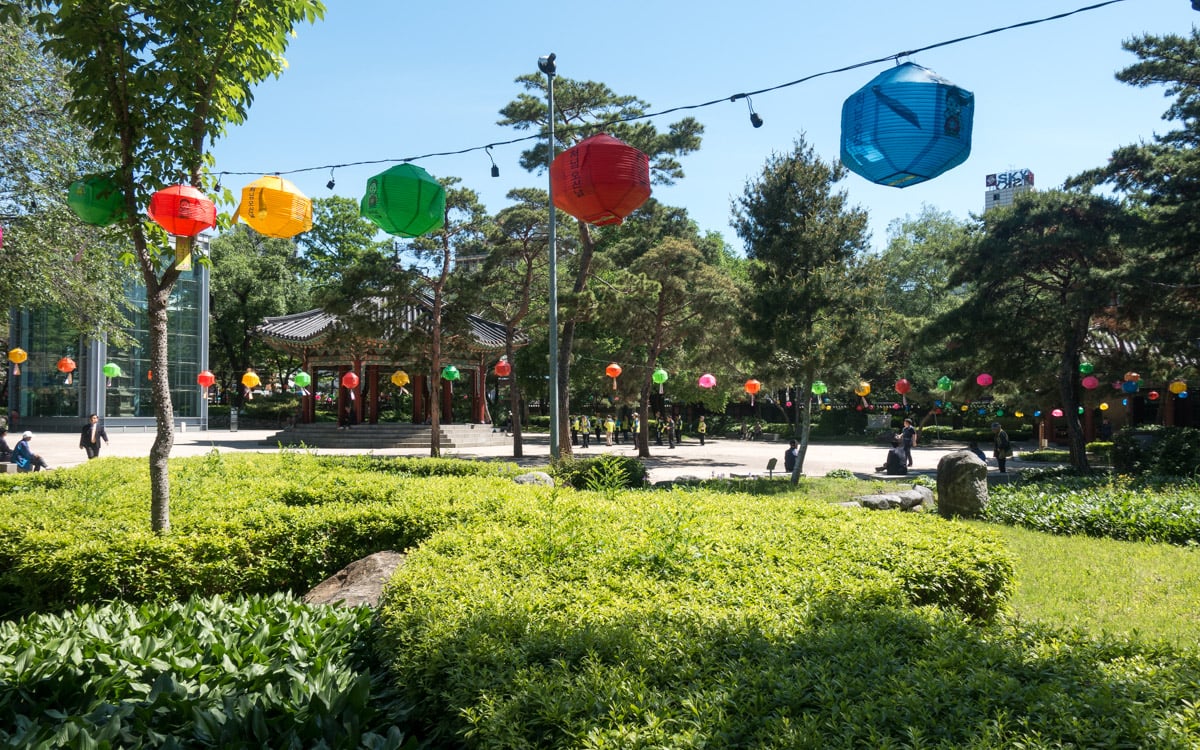
Tapgol Park is a public park that lies at the center of Seoul, near Insa-dong. It was here in 1919 where the March 1st Korean Independence Movement began. This movement called for the independence of Korea from Japanese rule.
The highlight of the park is the famous enclosed marble Wongaksa Pagoda that was constructed in 1467. The park was named after this beautiful ten-tier stone pagoda.
During the Goryeo Dynasty (918-1392), a temple known as Heungboksa was located here.
In 1465 the old temple was expanded and renamed as Wongaksa, which became the focal point of the Jogye order of Korean Buddhism. The temple was built by King Sejo, during the 11th year of his reign. He was a devout believer of Buddhism and the incarnation of Buddhist relics known as sarira.
During the reigns of Yeonsangun (1494-1506) and Jungjong (1506-1544), Buddhism was suppressed by the government. All of the temple, except for the Wongaksa Pagoda, was destroyed.
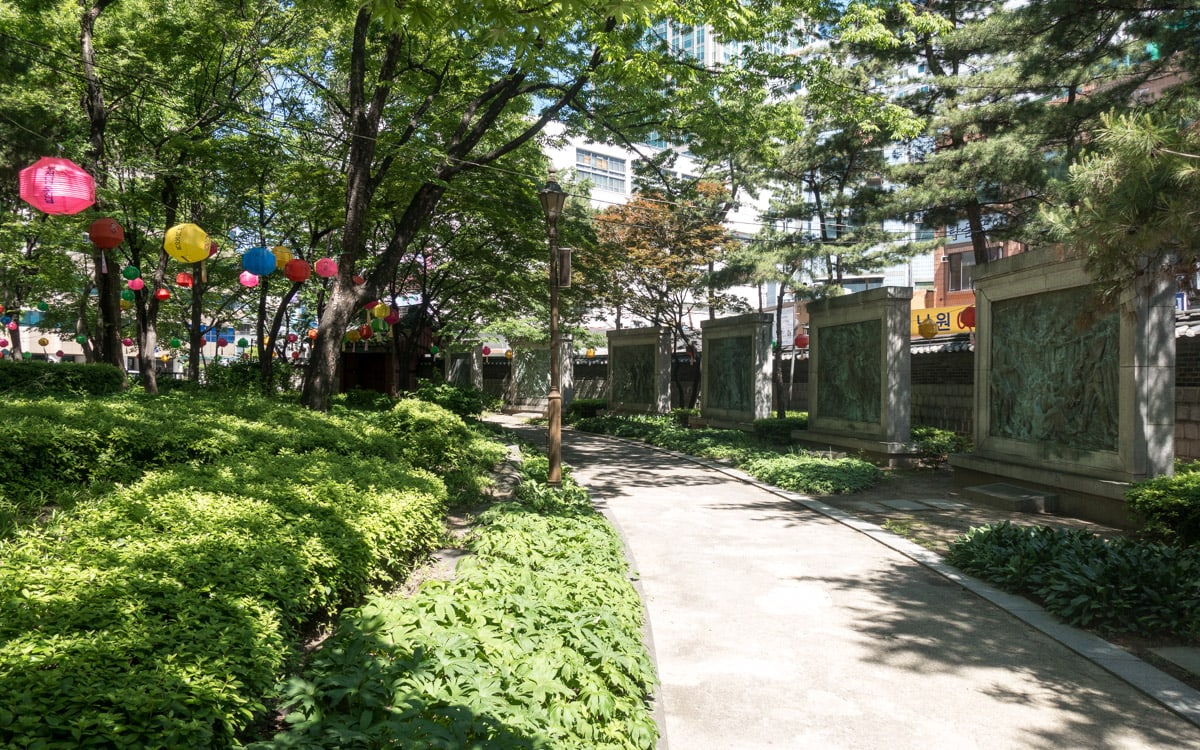
Around 1900, the financial advisor of King Gojong, an Irishman known as John McLeavy Brown, turned the area into Seoul’s first Western style public park. At the time, it was known as Pagoda Park or Tapdong Park. It was renamed Tapgol Park in 1991.
Tapgol Park park is best known as a symbol of resistance against the Japanese and their occupation of Korea.
The Korean Declaration of Independence was first read publicly at this location under the eight sided Palgakjeong Pavilion. It was one of the first public displays of resistance against the Japanese occupation of Korea. This movement sparked the historic March 1st Movement in 1919. Thousands were killed and many more were injured by Japanese forces during these demonstrations. A memorial service is held here every March 1st.
Today, the park is a place where people come to meet up, people watch, play board games, go for walks, listen to music, or just relax.
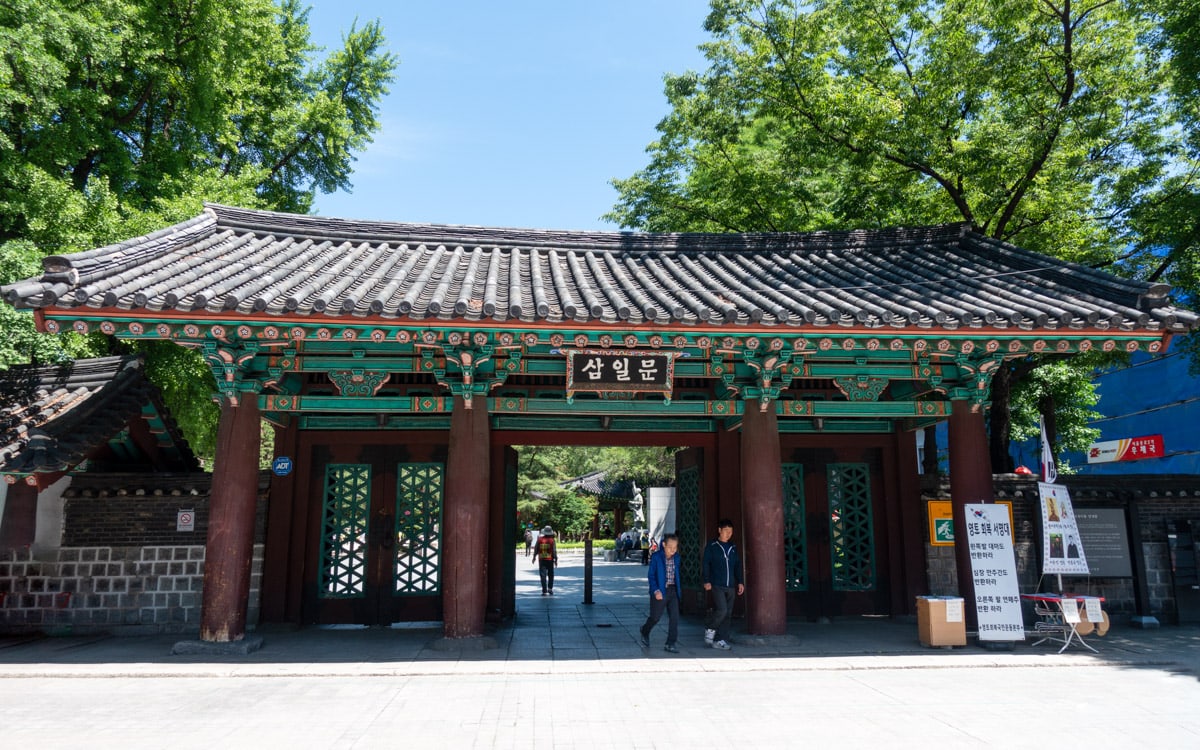
What to see at Tapgol Park
Palgakjeong Pavilion
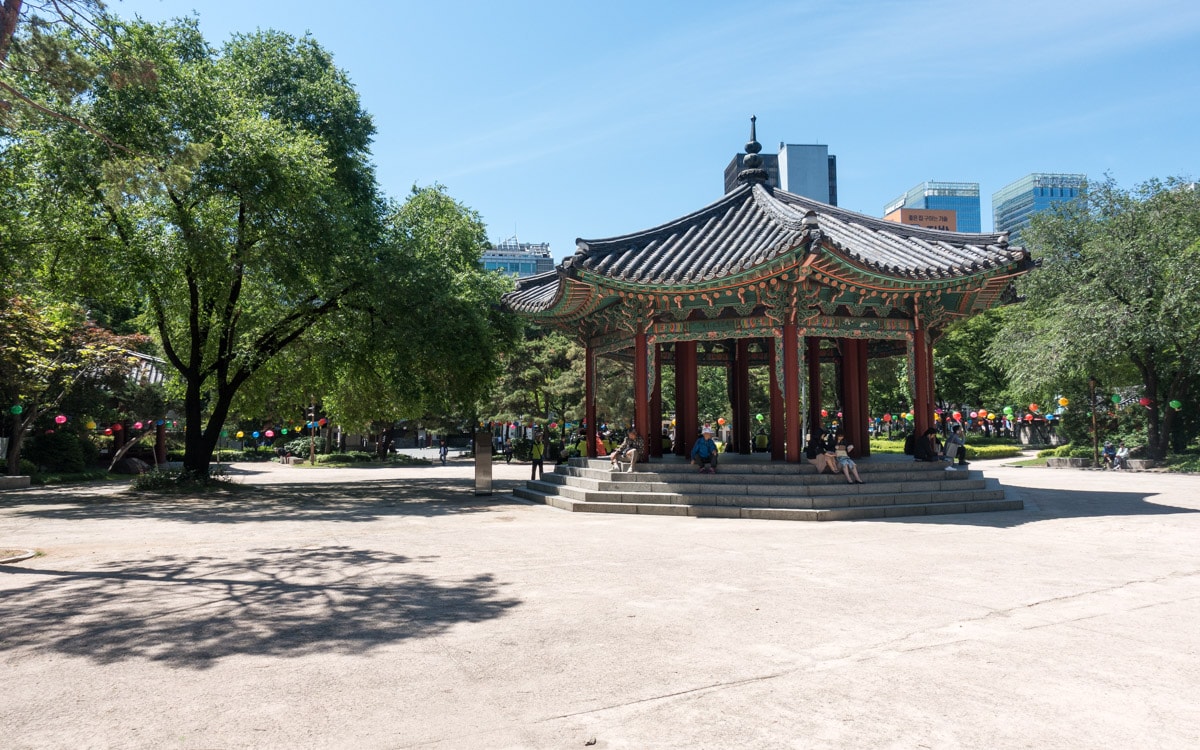
Palgakjeong Pavilion is a pavilion where Korean independence activists declared their independence from Japan during the March 1st Movement of 1919. It was here on March 1st, 1919 where the Korean declaration of independence was first publicly read.
This movement spread throughout the entire Korean peninsula. Thousands were ultimately killed, and many more were injured, by Japanese forces while activists were fighting for their freedom.
This beautiful eight sided pavilion was built in 1902 during the 6th year of the reign of King Gojong. Construction was led by Sim Uiseok. Uiseok was a master of harmonizing both traditional and modern architectures.
Palgakjeong is built on a stone platform known as a stylobate. Columns leading from this platform lead to a plain bracket connected to a tile roof.
Wongaksa Pagoda
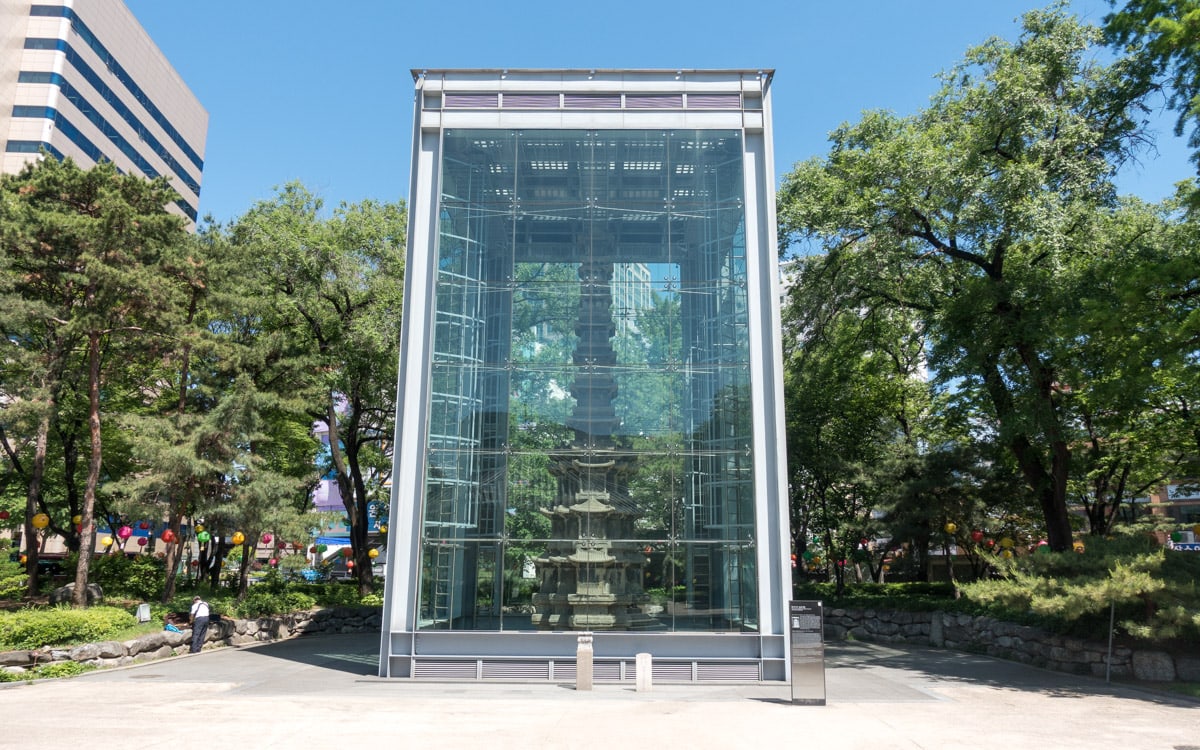
Wongaksa Pagoda is one of the finest examples of stone pagodas during the Joseon Dynasty. It has been registered the second national treasure of Korea. The pagoda is located at Tapgol Park in the center of Seoul. It is constructed of marble and measures in at 12 meters (39 feet) high.
A temple known as Heungboksa once stood at this location during the Goryeo Dynasty (918–1392). King Sejo expanded Heungboksa in 1465, during the 11th year of his reign, to make way for a newer temple known as Wongaksa.
Only a few relics of the temple remain including the ten story pagoda which was built two years later in 1467. It was constructed using marble, instead of granite, which was rare for the time.
There are three separate sections. The lower section is inscribed with patterns of lotus flowers and dragons. The middle section depicts a scene of three men, including Monk Sanzang, bringing a Buddhist canon back from India. The upper section is inscribed with tales of the former lives and the lifetime of Buddha. The body, designed to look like a wooden structure, features a dragon twisted around pillars and curved roofs.
During the late 19th century, the pagoda was located in a small private courtyard. By orders of King Gojong, a park was built at this location. This park today is known as Tapgol Park and its centerpiece is Wongaksa Pagoda, which is now located in a large, protective glass case.
Tapgol Park Information
Hours
March - October: 9:00 AM - 6:00 PM
December - February: 9:00 AM - 5:00 PM
Admission
Free
Address
99 Jong-ro, Jongno-gu, Seoul, South Korea
GPS Coordinates: 37.571296,126.988263
How to Get Here
Take Subway Line 1, Line 3, Line 5 to Jongno 3-ga Station (Exit 1).
After exiting, continue for 280 meters to reach the park on the right.
Tapgol Park Video
Map
Additional Resources
Klook
Klook offers discounted tickets and reservations for various attractions and services in Seoul, from theme parks and museums to tours and transportation options.
Viator by TripAdvisor
Viator is a popular online platform that helps travelers book tours, activities, and unique experiences worldwide, including in Seoul. It connects users with a wide selection of options – from sightseeing tours to cultural events and outdoor adventures – all offered by local providers.
Rakuten
Save money while exploring Seoul with Rakuten's cashback program. Book your hotels or other services through Rakuten and enjoy cashback rewards and exclusive deals.
If you sign up using the link below, you could earn $30 cashback on your first purchase over $30.
Book Recommendations
For an immersive guide to Seoul, many travelers choose to bring a book along. Fodor's Seoul, for example, offers detailed recommendations on sights, restaurants, maps, and travel tips.
Nearby Sights
Seungdong Presbyterian Church
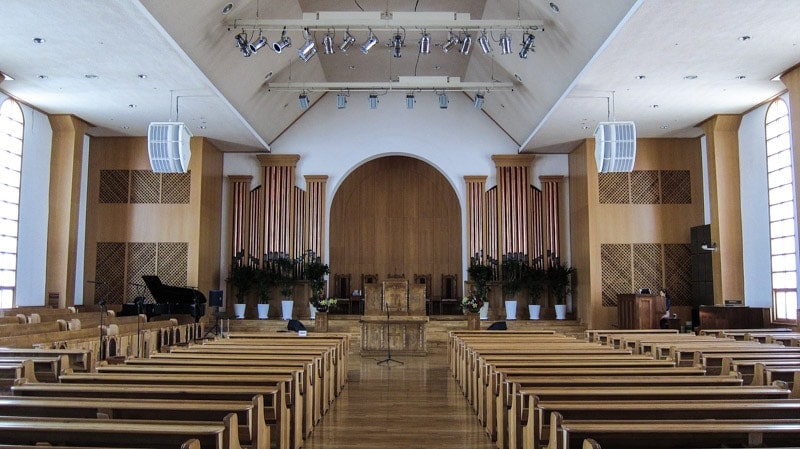
Seungdong Presbyterian Church, located near Insa-dong, was established in 1893 by Samuel Foreman Moore (1860-1906). Over the years, the church has been relocated and renamed many times. Before being renamed Seungdong, it has been known by as Gondanggol, Jungang, and Baekjeong. When the church was known as Baekjeong, meaning butchers, it attracted social underdogs and mysterious figures of the Joseon society.
Bosingak Belfry
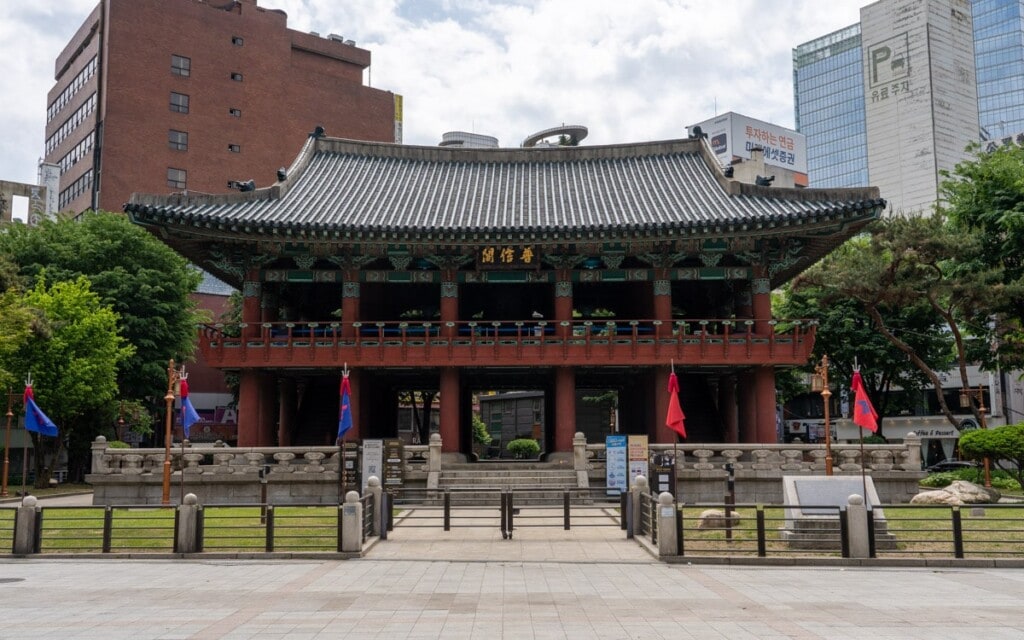
Located in the heart of Insa-dong is Bosingak Belfry. This historic bell pavilion, or bell tower, stands out in a sea of modern skyscrapers in the Jongno District. The Jongno District gets its name from Jongno, a major road which runs west to east through the heart of central Seoul.
Ssamzigil
Ssamziegil, also known as Ssamziegil, is a colorful shopping and culture complex in Insa-dong that features cafes, galleries, and workshops. The complex's design uniquely blends contemporary elements with traditional Korean charm. The complex opened in 2004 and is now a destination and an important centerpiece of Insa-dong. Ssamzigil may be modern, but its construction blends with the surrounding traditional neighborhood.
Tteok Museum
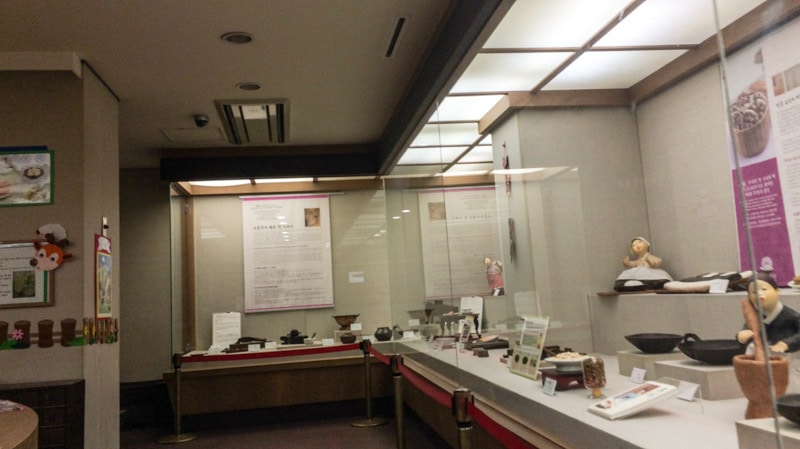
The Tteok Museum features displays of 50 different types of tteok, or rice cakes, and utensils used to make the dish enjoyed by generations of Koreans. The museum, located in Jongno-gu just east of Insadong, first opened in December, 2002. Tteok is made using glutinous rice flour and can be made using several methods including streaming, pounding, frying, and boiling.
Cheondogyo Central Temple
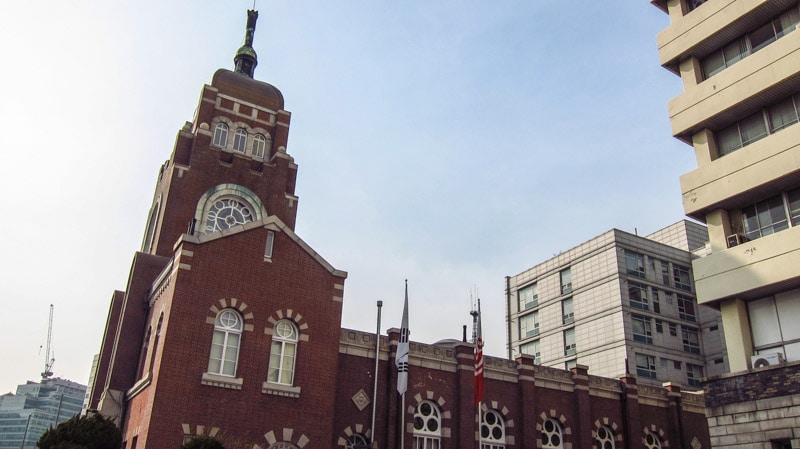
When Cheondogyo Central Temple was built between 1918 and 1921 it was used as a temple of Cheondoism, a 20th century Korean religious movement. Cheondogyo literally means "religion of the Heavenly Way." The roots of Cheondoism are based on the Confucian movement with an emphasis on Taoism, Buddhism, Korean nationalism, and ideas of peace, personal virtues, and morals while on earth.
Last Updated on May 22, 2025